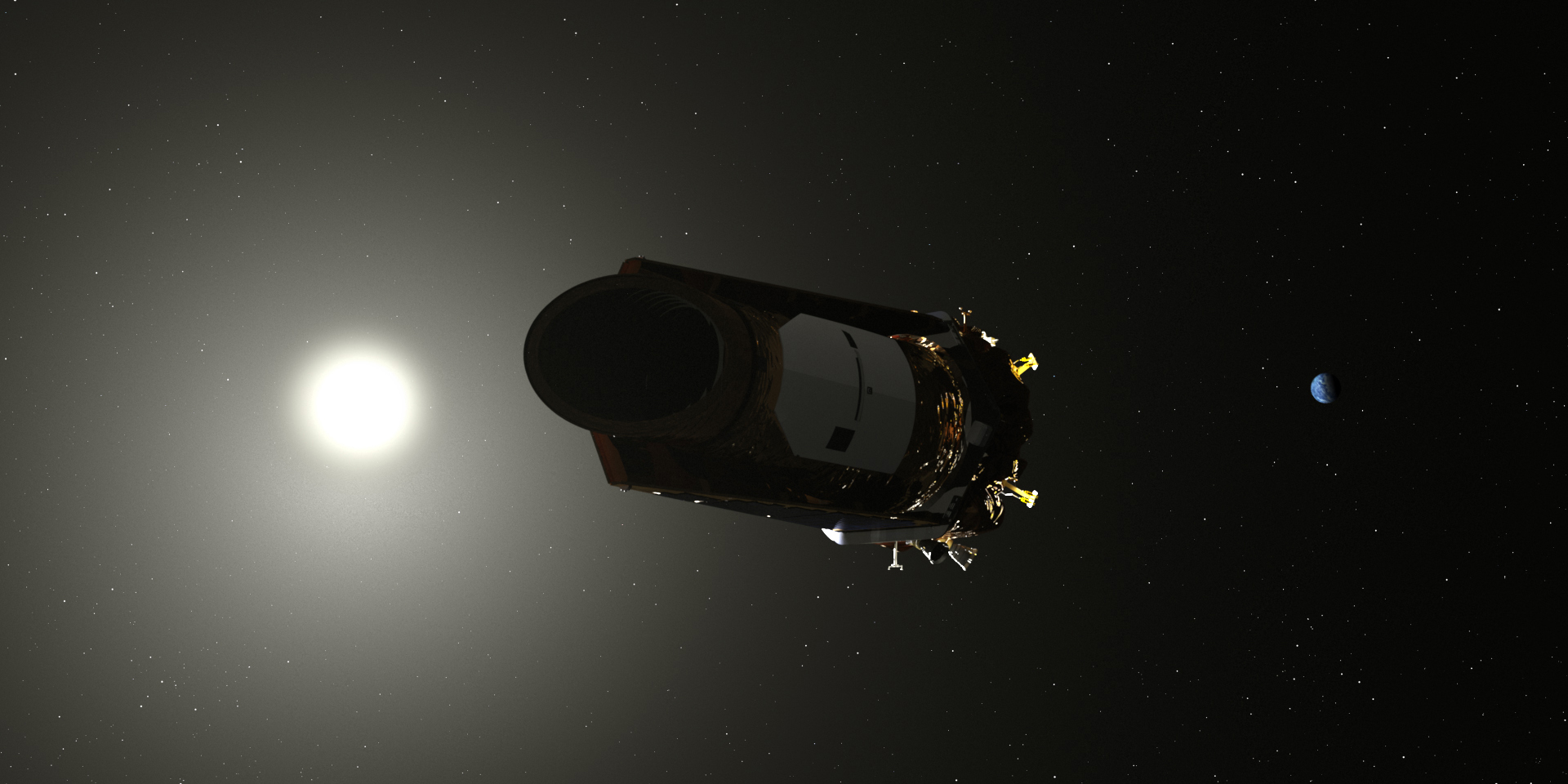Farewell, Kepler: NASA Shuts Down Prolific Planet-Hunting Space Telescope
The most accomplished planet-hunting machine of all time will seek out strange new worlds no more.
NASA decommissioned the Kepler space telescope last night (Nov. 15), beaming "goodnight" commands to the sun-orbiting observatory.
This official end comes as no surprise. NASA announced on Oct. 30 that Kepler's science work was done, because the spacecraft had run out of fuel. Mission team members said then that decommissioning commands would likely be sent within a few weeks. [Kepler's 7 Greatest Exoplanet Discoveries]
"Kepler's team disabled the safety modes that could inadvertently turn systems back on, and severed communications by shutting down the transmitters," NASA officials wrote in a statement today (Nov. 16). "Because the spacecraft is slowly spinning, the Kepler team had to carefully time the commands so that instructions would reach the spacecraft during periods of viable communication."

The final commands were sent from Kepler's operations center at the University of Colorado Boulder's Laboratory for Atmospheric and Space Physics, NASA officials said. The commands got to the spacecraft via NASA’s Deep Space Network, the system of big radio dishes the space agency uses to keep in touch with its far-flung probes.
The $700 million Kepler missionlaunched in March 2009, tasked with determining how common Earth-like planets are throughout the Milky Way galaxy. The spacecraft found alien worlds via the "transit method," noting the tiny dips in brightness caused when planets crossed their host star's faces.
Kepler first did this work by staring at more than 150,000 stars simultaneously. Then, in 2013, the second of the spacecraft's four orientation-maintaining reaction wheels failed, ending the original mission. Kepler transitioned to a new mission called K2 in 2014, after team members figured out how to stabilize the observatory with the aid of sunlight pressure.
Get the Space.com Newsletter
Breaking space news, the latest updates on rocket launches, skywatching events and more!
Kepler has discovered 2,682 exoplanets to date, 355 of which were found during the K2 phase. That grand total represents about 70 percent of all known alien worlds. And there will be more Kepler discoveries coming: Nearly 2,900 "candidates" spotted during the original mission and K2 await confirmation by follow-up observations or analysis, and history suggests that most of these will end up being the real deal.
Kepler cannot feasibly be refueled and returned to action. The spacecraft orbits the sun, not Earth, and is currently about 94 million miles (151 million kilometers) from our planet.
Mike Wall's book about the search for alien life, "Out There" (Grand Central Publishing, 2018; illustrated by Karl Tate) is out now. Follow him on Twitter @michaeldwall. Follow us @Spacedotcom or Facebook. Originally published on Space.com.
Join our Space Forums to keep talking space on the latest missions, night sky and more! And if you have a news tip, correction or comment, let us know at: community@space.com.

Michael Wall is a Senior Space Writer with Space.com and joined the team in 2010. He primarily covers exoplanets, spaceflight and military space, but has been known to dabble in the space art beat. His book about the search for alien life, "Out There," was published on Nov. 13, 2018. Before becoming a science writer, Michael worked as a herpetologist and wildlife biologist. He has a Ph.D. in evolutionary biology from the University of Sydney, Australia, a bachelor's degree from the University of Arizona, and a graduate certificate in science writing from the University of California, Santa Cruz. To find out what his latest project is, you can follow Michael on Twitter.









